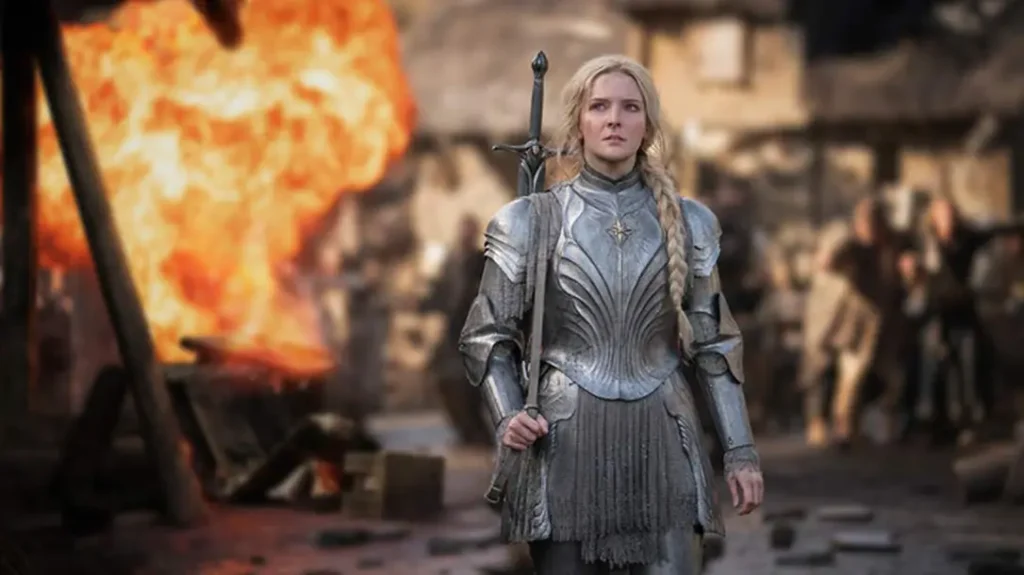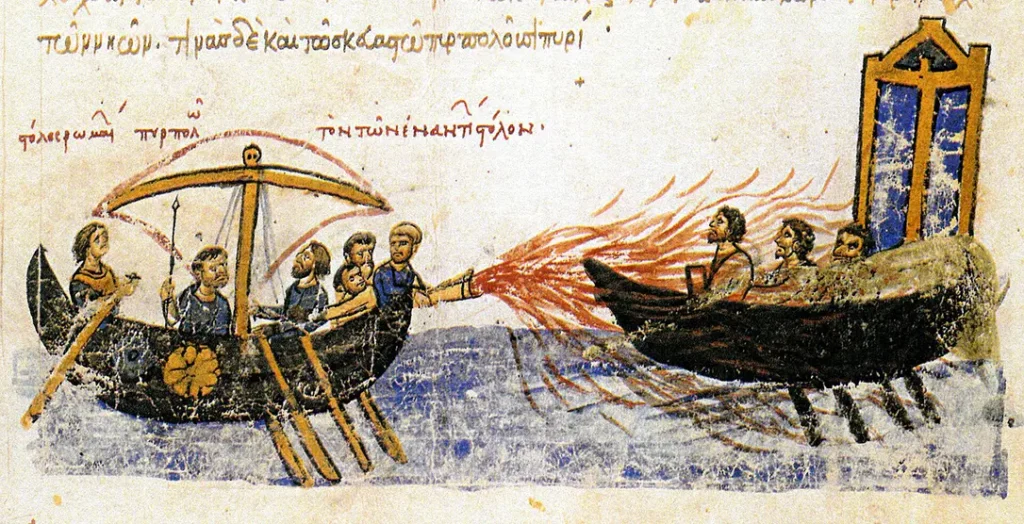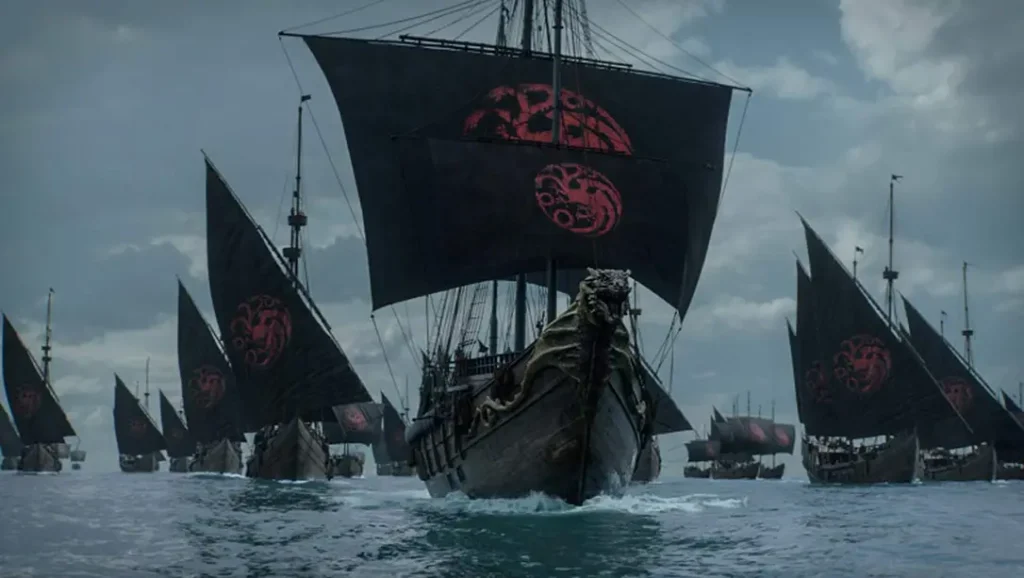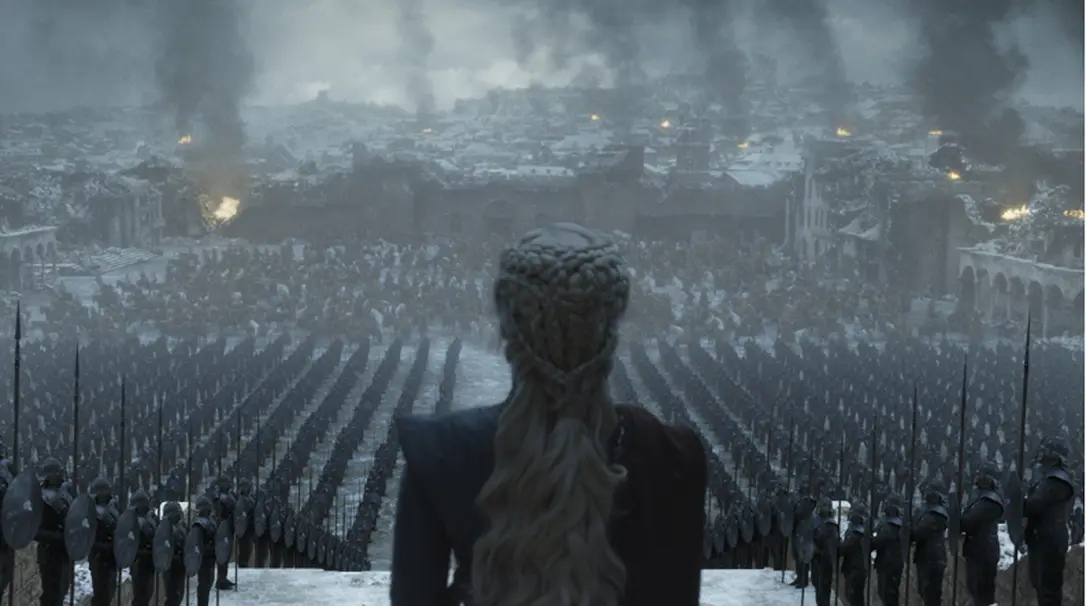It’s the magic. That’s the common answer to why the worlds of fantasy settings almost always lack firearms while also seeming to be perpetually stuck in a pre-Renaissance society. We can blame J.R.R. Tolkien as much as George R.R. Martin for making such lack of progress an all too common theme common in fantasy, and even in science fiction. But still, where are the guns?
Where are the Guns?
Technology seems stuck in place for centuries, even eons. This is true in such sci-fi series such as Dune, Foundation, and Star Wars – where for generations nothing ever changes. Not the weapons and not even the fashions. It can be argued that in the distant future (or galaxy far, far away) progress has stagnated out of fear of technology, or is controlled by some outside forces.
Yet, with fantasy worlds, it seems lazy, and to be honest, a bit unrealistic. While today, the ancient Egyptians, Roman Empire, and Crusader knights may seem all too similar thanks to Hollywood – where warriors in armor fight with swords and shields – there are at least stark differences in the types of weapons each of those powers employed, even if there weren’t firearms.
Advertisement — Continue Reading Below
Where Is The Progress?
The issue is far greater in many fantasy worlds.
Both Tolkien’s The Lord of the Rings and Martin’s Song of Ice and Fire/Game of Thrones worlds appear to show little to no progress despite centuries or longer passing. In the former, the prequel Rings of Power is set almost 5,000 years before the events in the LoTR films. Barely anything is vastly more primitive.

Advertisement — Continue Reading Below
To put that in the context of our real world, it was about 5,000 years ago that the ancient Egyptians were building the pyramids. In the same amount of time, all sorts of progress occurred – the atom has been harnessed and we’ve sent men to the moon and back! Even if we were to cut the timeline in half, the weapons, armor, and building techniques between the ancient Egyptians and the Romans in the classical age were vastly different, so why didn’t the technology advance in Middle Earth from the Second to Third Age?
The aforementioned “magic” could be one factor – as it is suggested that worlds that employ magic impede technological advancement.
Man & Mortality
However, there are serious problems with that argument, which will get to shortly. Perhaps the lifespan of elves could be the answer. As essentially eternal creatures, it could be that there was no progress because there were no generational attitudes that changed with respect to how things were done. It may be hard enough to convince one’s parents that things need to change, but imagine convincing someone who has been around for 1,000 years that there is a better way of doing almost anything. We could accept that maybe the elves were just so set in their ways that not much changed.
Advertisement — Continue Reading Below
It is thus only when the era of man arrives – with their mortality and relatively short life spans – that progress could truly begin. Yet again, there are still a few problems that we need to address.
First, GoT is on a shorter timeline, with the prequel series House of the Dragon still set around 200 years before the events of the original HBO series. That might not seem like a great deal of time in a medieval world, but it is still fairly significant. Even in our history’s Middle Ages, 200 years offered great leaps forward. In this case, it could be the “maesters” – who act as the scholars, healers, messengers, and scientists – who keep technology in check to maintain their power. Again, this also has some issues.
Some Technology – Not Others
The problem with these fantasy shows being stuck in what is basically the late Middle Ages is that it doesn’t explain how they were ever able to get that level of technology, but then can’t move forward any further. These and other fantasy worlds are typically shown to have iron that can be forged into swords and armor, the ability to sail by vessels on the open oceans, established written languages, and fairly complex construction techniques that require an understanding of engineering and physics.
Advertisement — Continue Reading Below
All of these came with great leaps forward in technology. Part of what makes fantasy worlds so captivating is that these feature castles, fortresses, and cities that never existed on the scale seen in our history. Did the wizards, maesters, unseen gods, or others decide that some technology could advance and other technology could not? The building techniques, the ability to craft quality glass, and to make paper weren’t that far ahead of the first firearms. Likewise, the armor worn in these series is similar to what was present in our world alongside primitive firearms.

Stirrups in Time
There is another important piece of technology that modern viewers may miss, but one that highlights a significant level of advancement – at least in the movie/TV versions. This is the stirrup, which didn’t make its way to Europe until the 8th century, but was used as early as the 2nd century BC in India and Central Asia.
Advertisement — Continue Reading Below
It is mentioned in Martin’s books that the Dothraki have saddles and stirrups, and the technology is certainly present in the TV series.
This may seem like nitpicking, but the importance of the stirrup in Europe has been one of serious debate for decades. “The Great Stirrup Controversy,” as it is now known, has supporters who maintain it enabled the use of heavy cavalry – something we see in so many fantasy worlds – to replace infantry, creating the feudal systems in what is modern-day France. Critics of this theory dismiss this notion, suggesting that stirrups only reached Western Europe as cavalry was already replacing infantry on the battlefield.
Yet, the point is that stirrups were not present in ancient Egypt or classical Rome but were common in the Middle Ages. It shows a major technological leap forward, something rarely seen in these fantasy series that are meant to span centuries or longer.
Advertisement — Continue Reading Below
The Settings Resemble the High Middle Ages
Westeros in GoT and many of the kingdoms in LoTR appear to be vaguely similar to Europe in the 13th century, but Bravos in the former and the island of Númenor in the latter are much like Venice and Genoa in the 15th century. The fact that these worlds are stuck in these times isn’t the only issue.
Even by the earlier period gunpowder was making its way from China, and by the 15th century it was widely employed on the battlefield in Europe.
Now again, it would be all too easy to suggest that the magic of these worlds makes gunpowder a physical impossibility. Yet, Gandalf put on a fireworks show, while Saruman used the Fire of Orthanac to breach the walls of Helms Deep. Likewise, “wildfire” – a version of Greek Fire – is seen in GoT.
Advertisement — Continue Reading Below

So Where Are the Firearms?
We shouldn’t expect Orcs with Glocks or dragon riders with Browning .30-caliber machine guns, but crossbows were certainly present in GoT, and were mentioned in LoTR. The arrival of the crossbow only preceded gunpowder by a few centuries. Therefore, given the passage of time, it would be appropriate that perhaps we’d see some primitive cannons making an appearance in these fantasy worlds, even in a limited capacity.
Therefore, the best answer as to the absence of firearms may come down to access to gunpowder and the chemicals to make it. Without firearms, the fantasy worlds are eternally stuck in the late Middle Ages.
Advertisement — Continue Reading Below
In LoTR, Gandalf and the other wizards may have known the potential danger that gunpowder would have and opted to keep it a secret. Perhaps just a century after the end of the books/movies, the land of Middle Earth saw the human kingdoms fighting each other armed with matchlock muskets.
Black Powder Gaps
Likewise, in GoT and other fantasy worlds, the controlling orders prevent knowledge of the black powder from spreading, and even controlling its creation. It is now doubtful that Martin can even finish the original series at this point, so it is unlikely he’ll be write a follow-up. Yet, perhaps we can envision that Arya Stark in her sailing west at the end of the HBO series could find herself in the Golden Empire of Yi Ti, described in the books as one of the advanced lands in the world. As it is inspired by China and the Far East from our real-world history, it is possible she and other visitors from Westeros could encounter gunpowder.
HBO isn’t moving forward with the Jon Snow follow-up series, which is disappointing, as it could have involved him seeking out his missing sister a decade after the show ended. A story set in Yi Ti, with more dragons and cannons, would be impressive to say the least. It could include elements of Crouching Tiger, Hidden Dragon, featuring cannons vs. dragons, or perhaps mix in some of the storytelling of the FX mini-series Shogun – which did feature cannons and primitive firearms – with a fantasy element.
Where are the Guns in These Works of Fiction?
The final answer comes down to the fact that these works of fiction aren’t our history. Likewise, in our actual history, some civilizations saw leaps forward while others did not – and the pace of progress was equal around the world.
Had Europe been a few years behind in its desire to explore the world, it might have been Chinese sailors who colonized what is modern France instead of France later controlling swaths of Southeast Asia. Likewise, India may have marched war elephants and employed early gunpowder to take over the British Isle.
In the end, however, it wasn’t the wizards or maesters – it was Tolkien and Martin – that was behind why we don’t see guns at Helms Deep and the Black Water. One line about “not wanting the secrets this powder could unleash” would be enough to satisfy readers.
And now, it’s time to get back to the novel about the Orc army with Glocks fighting dragon riders armed with machine guns!























